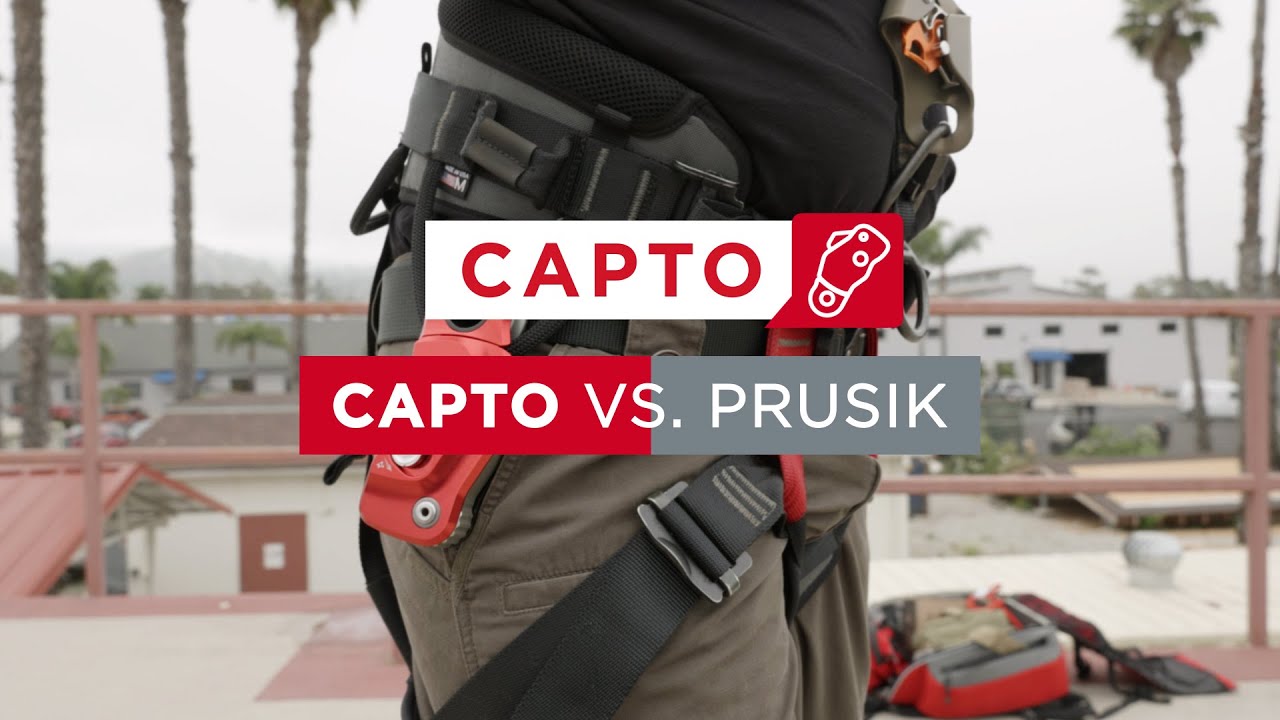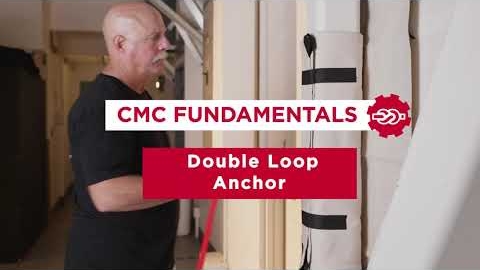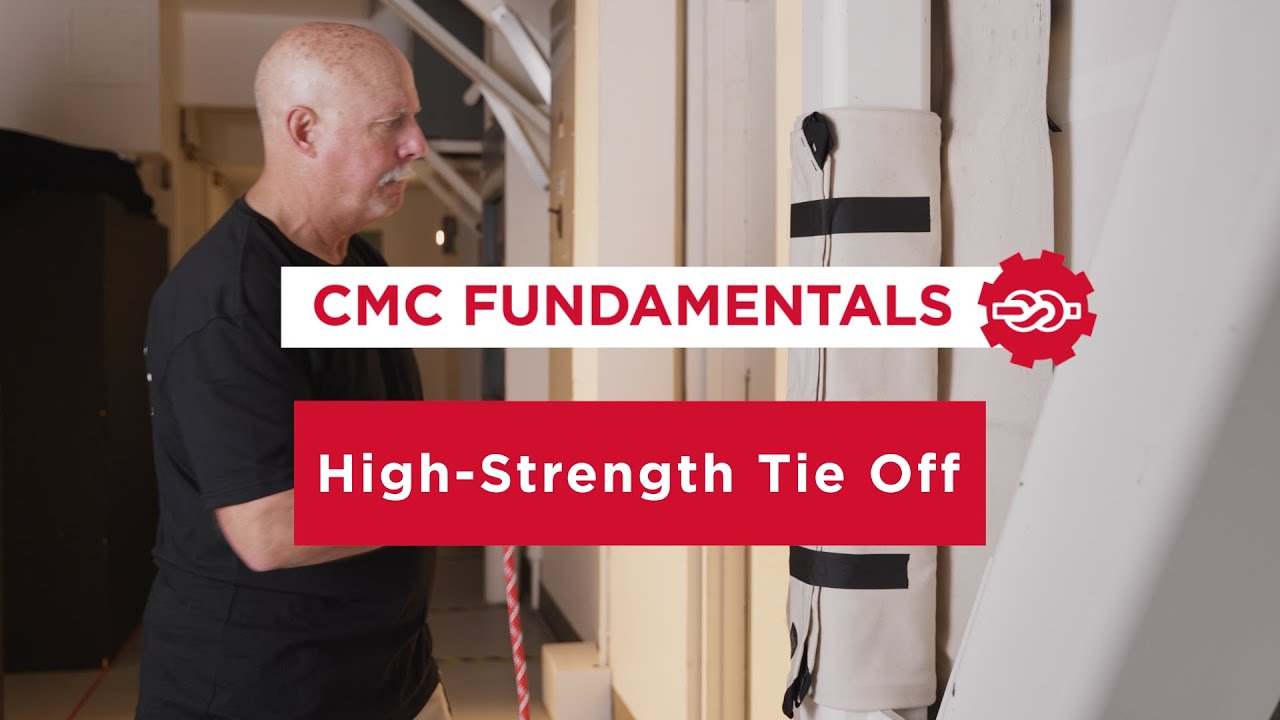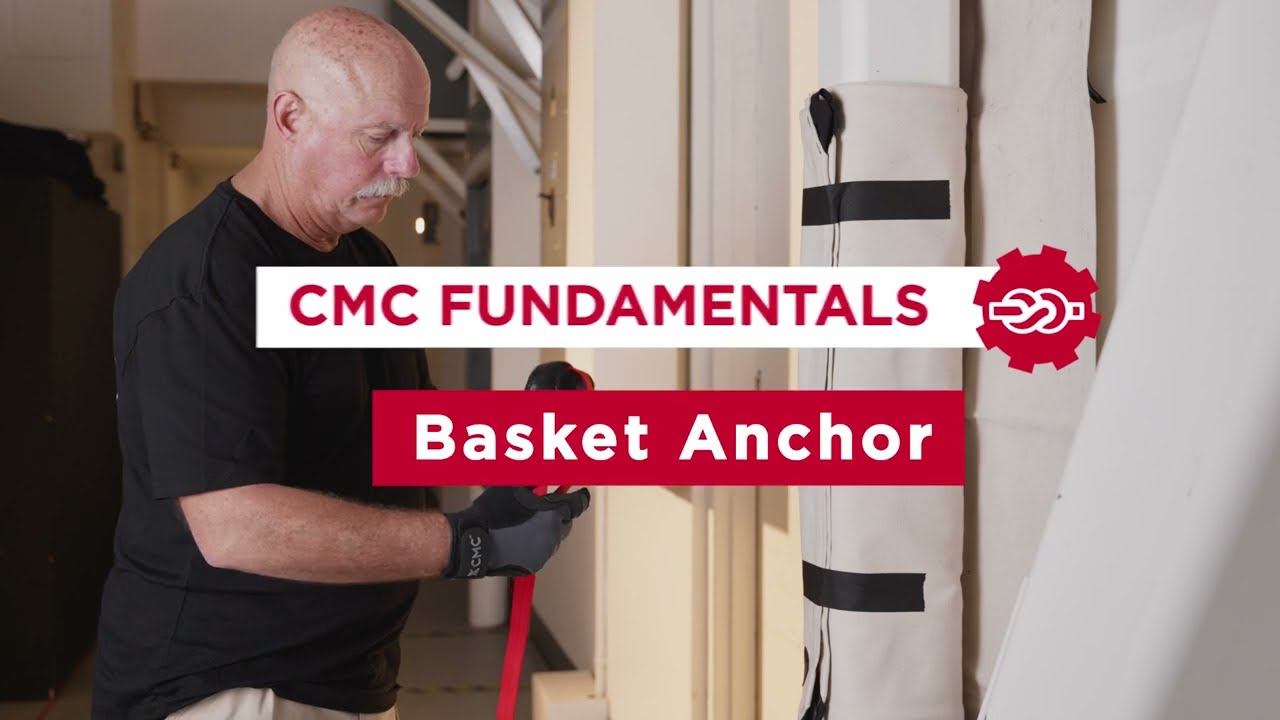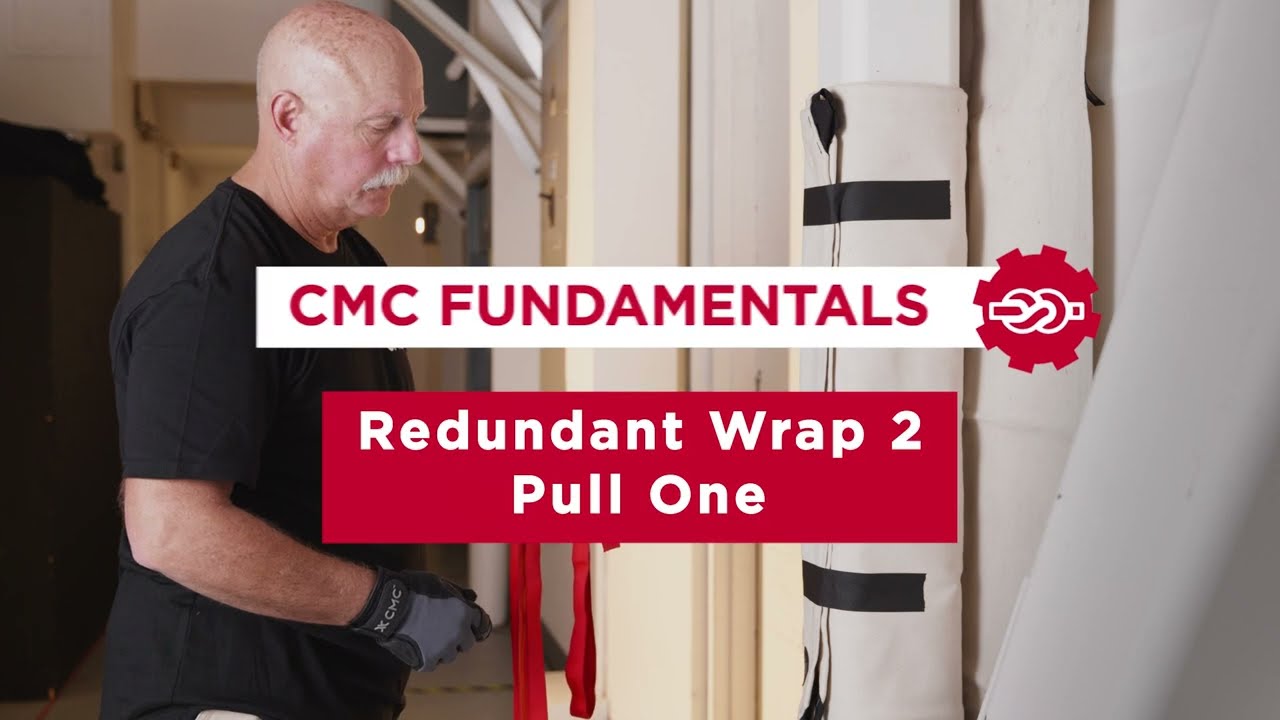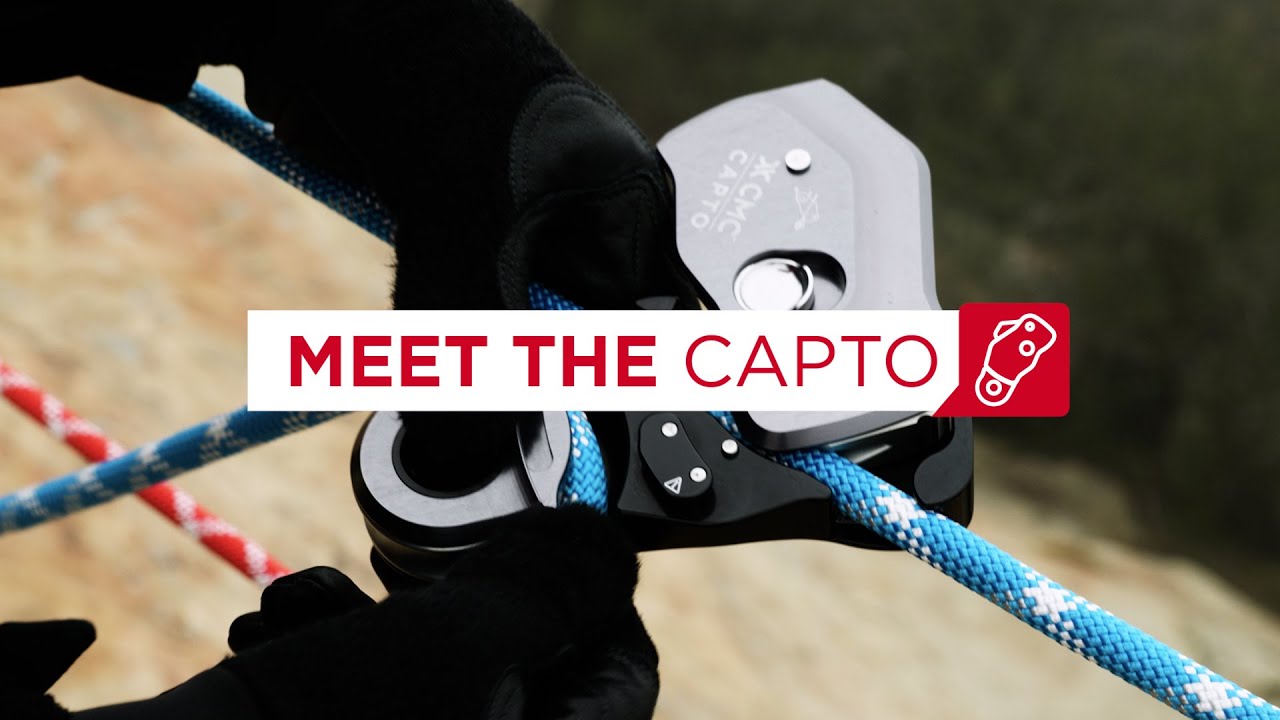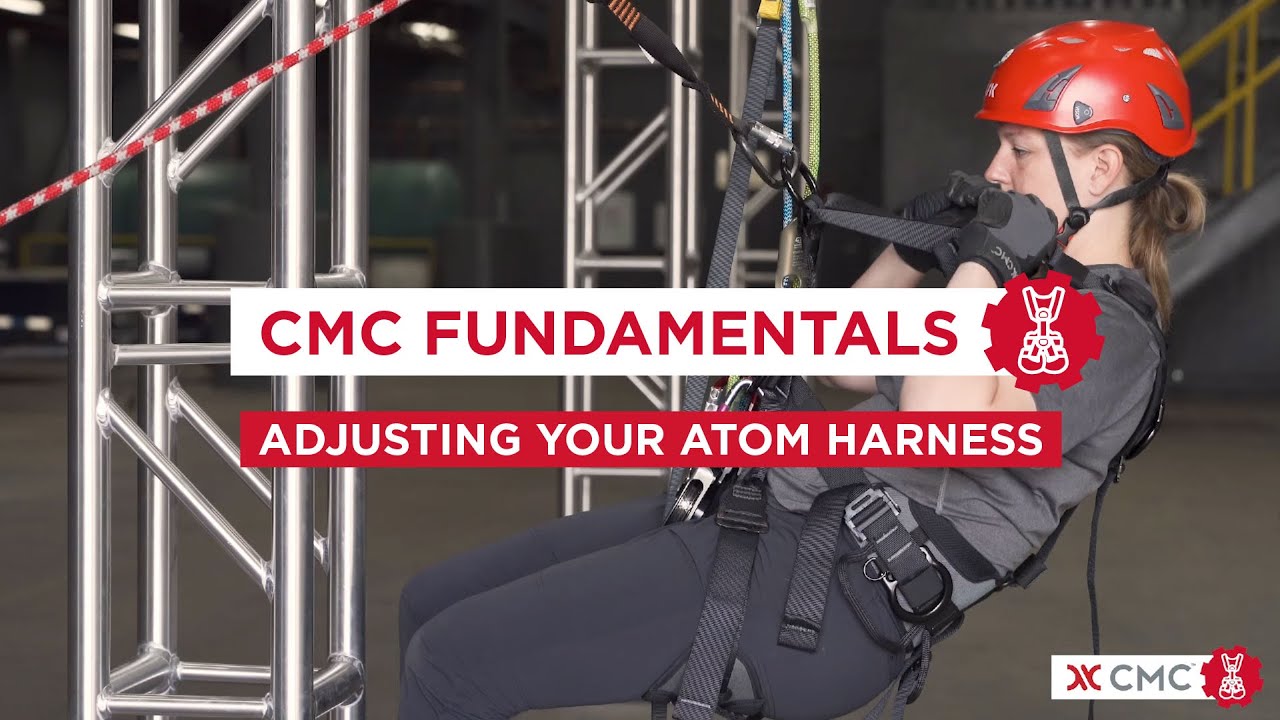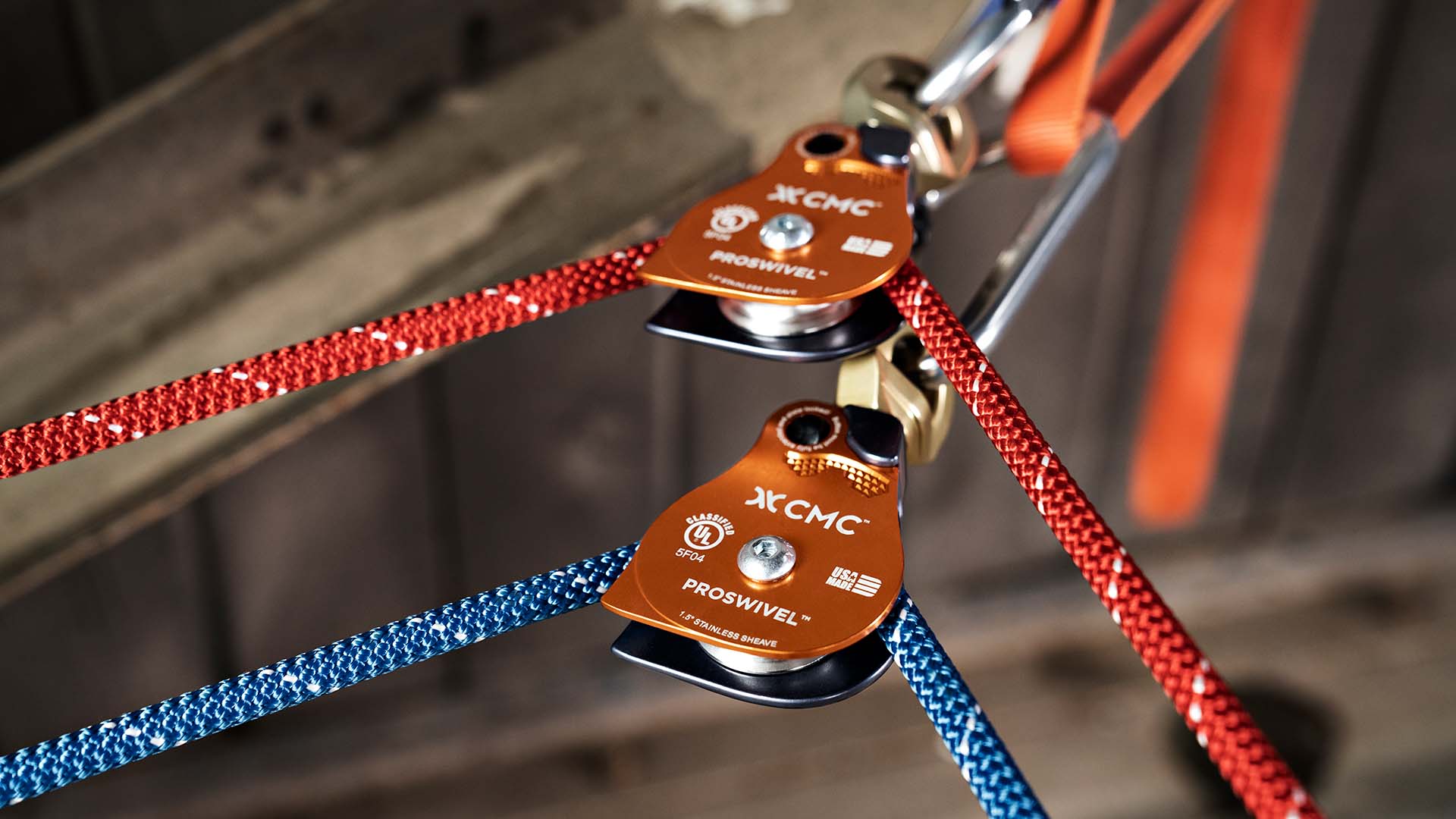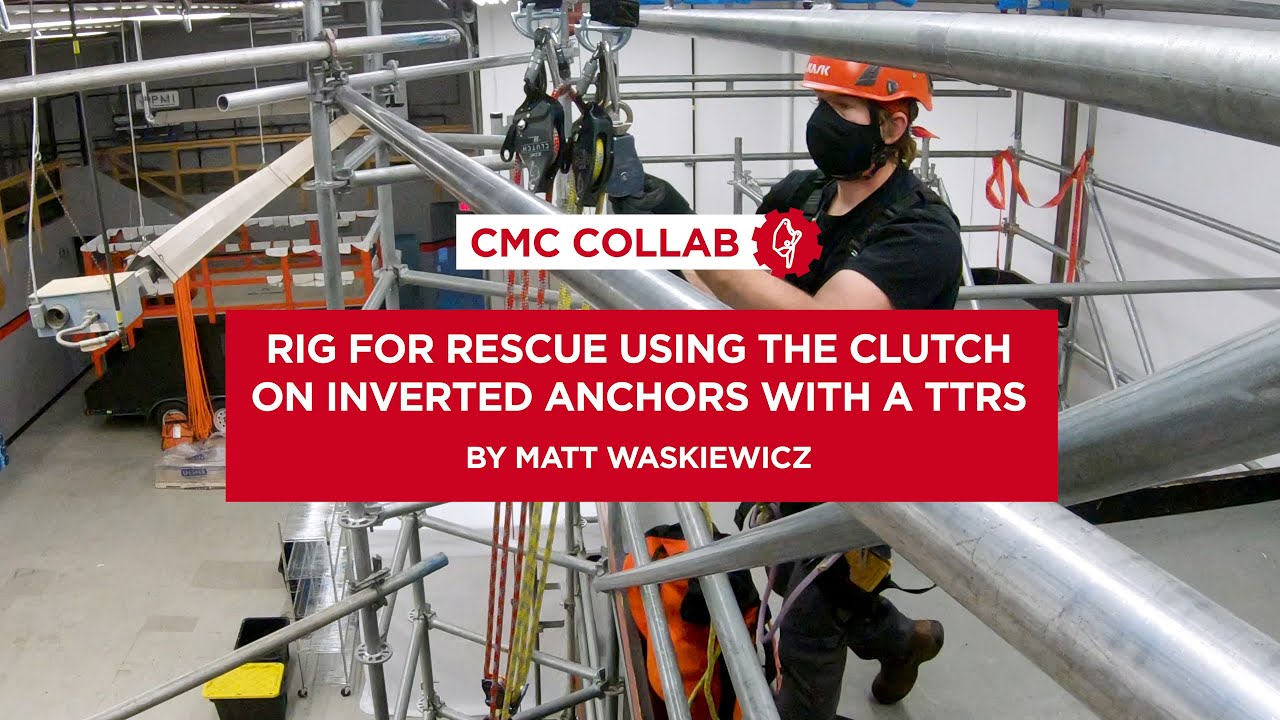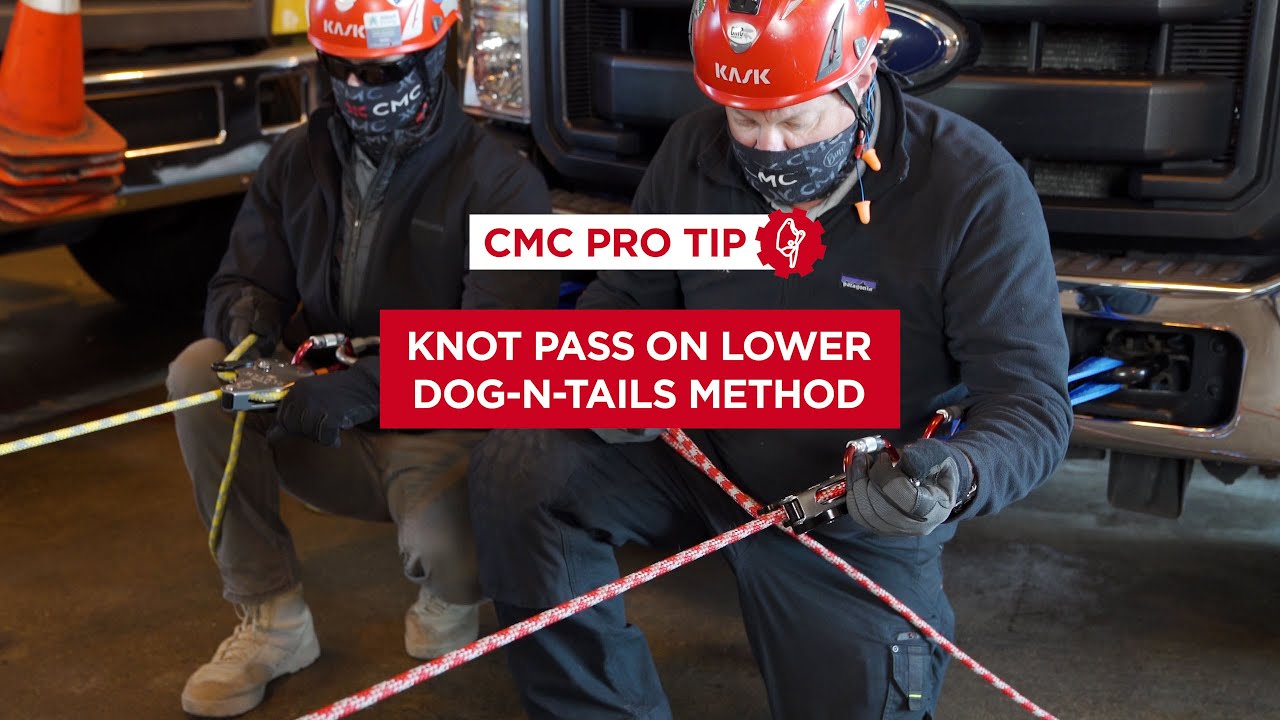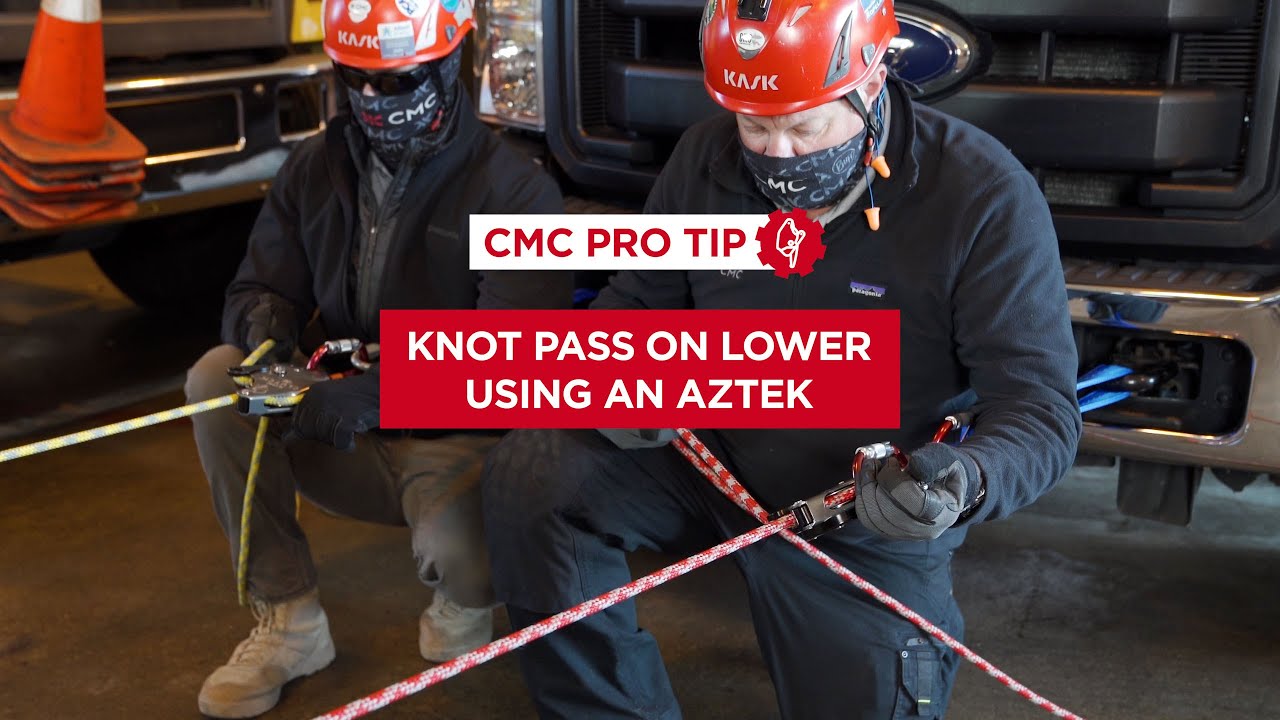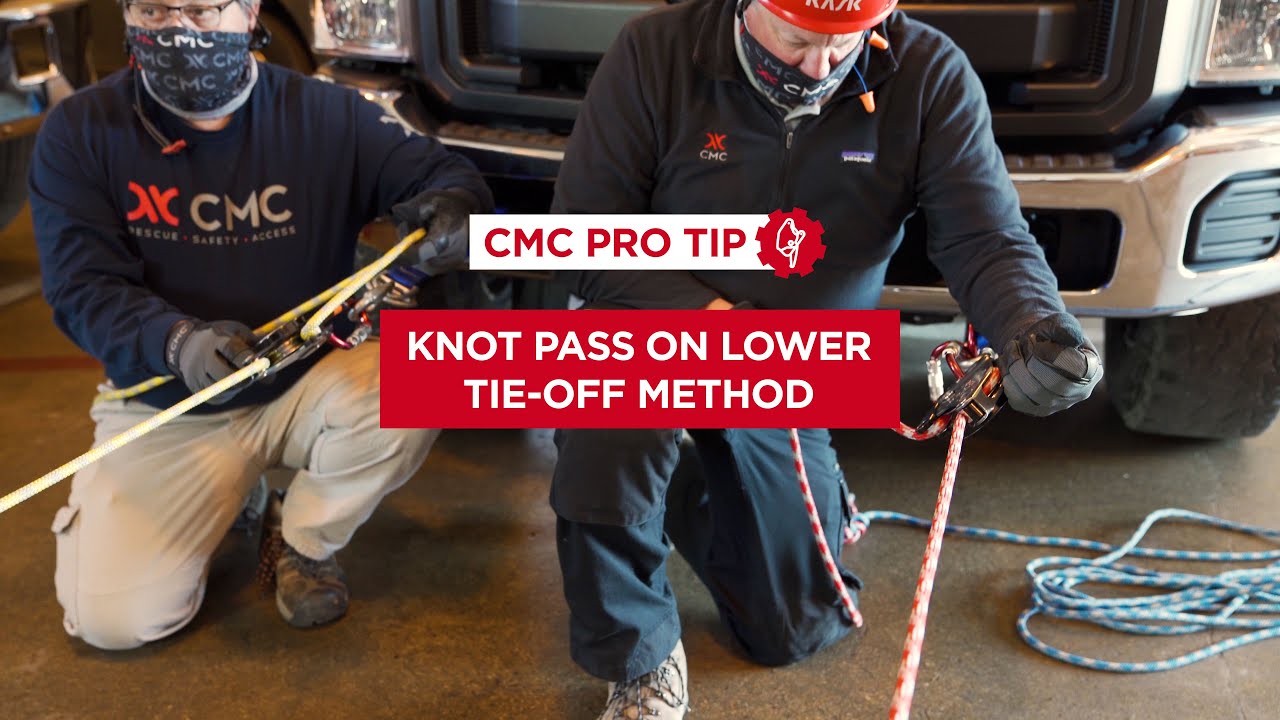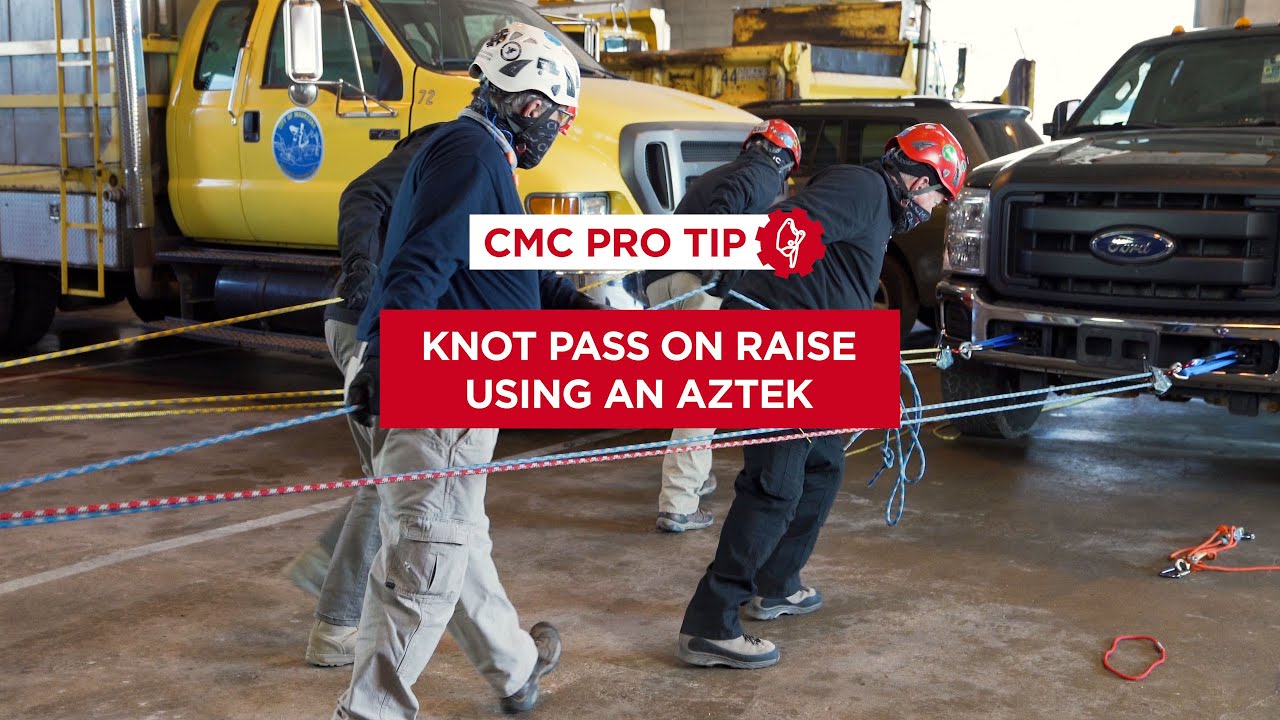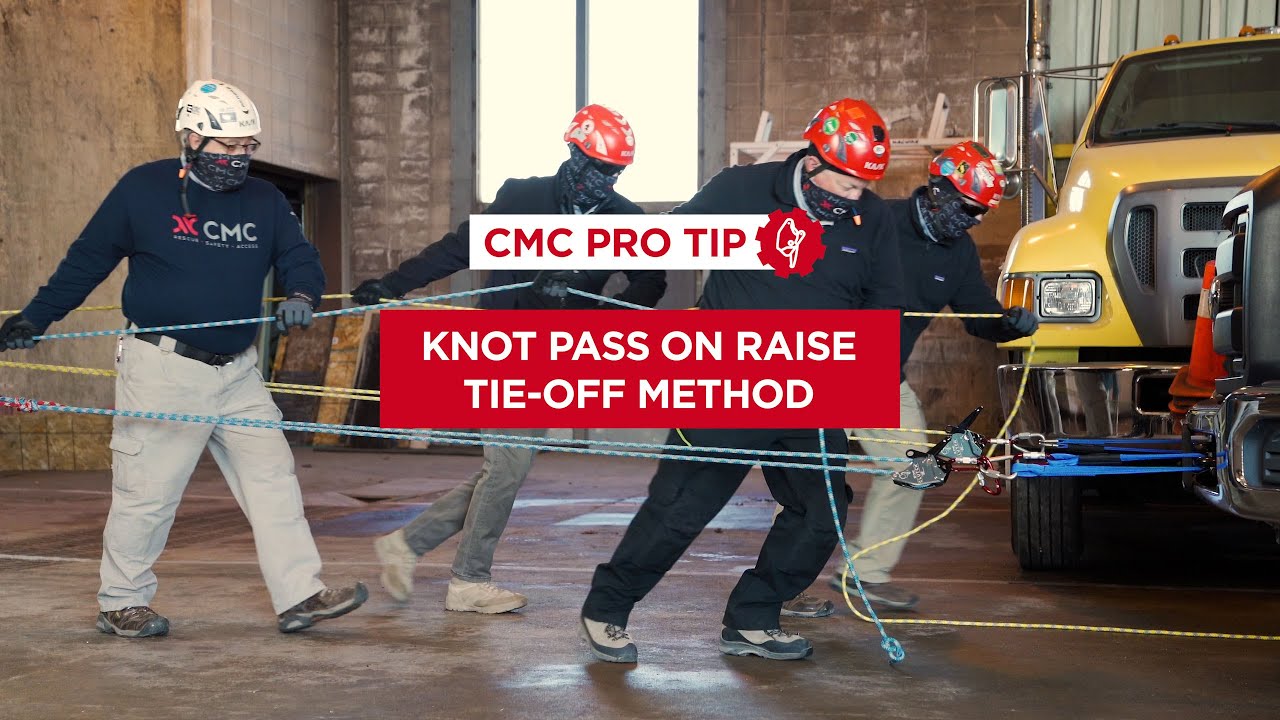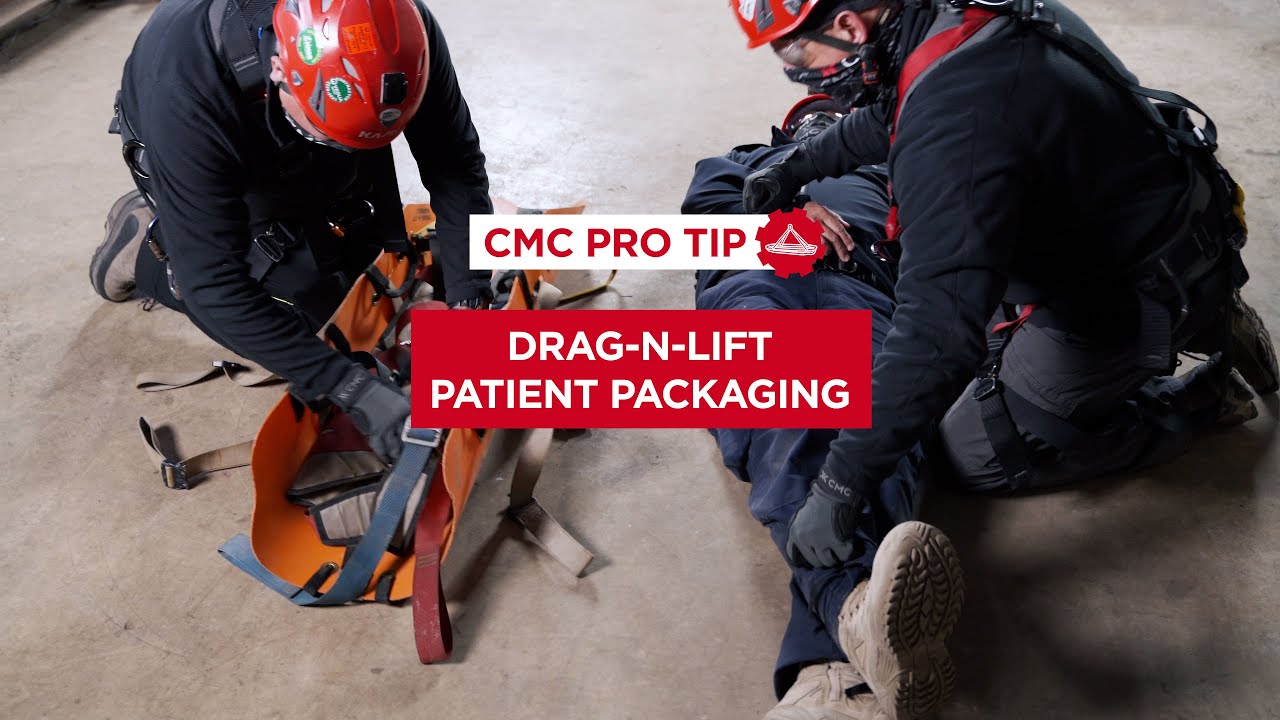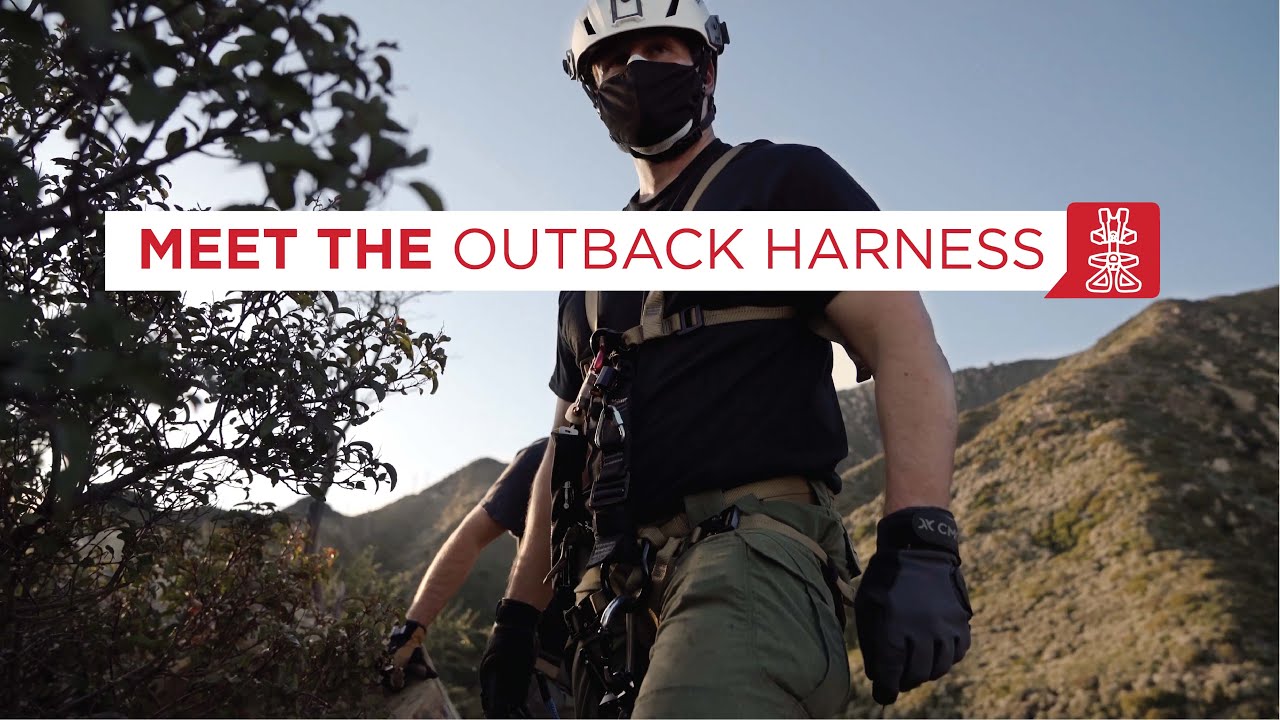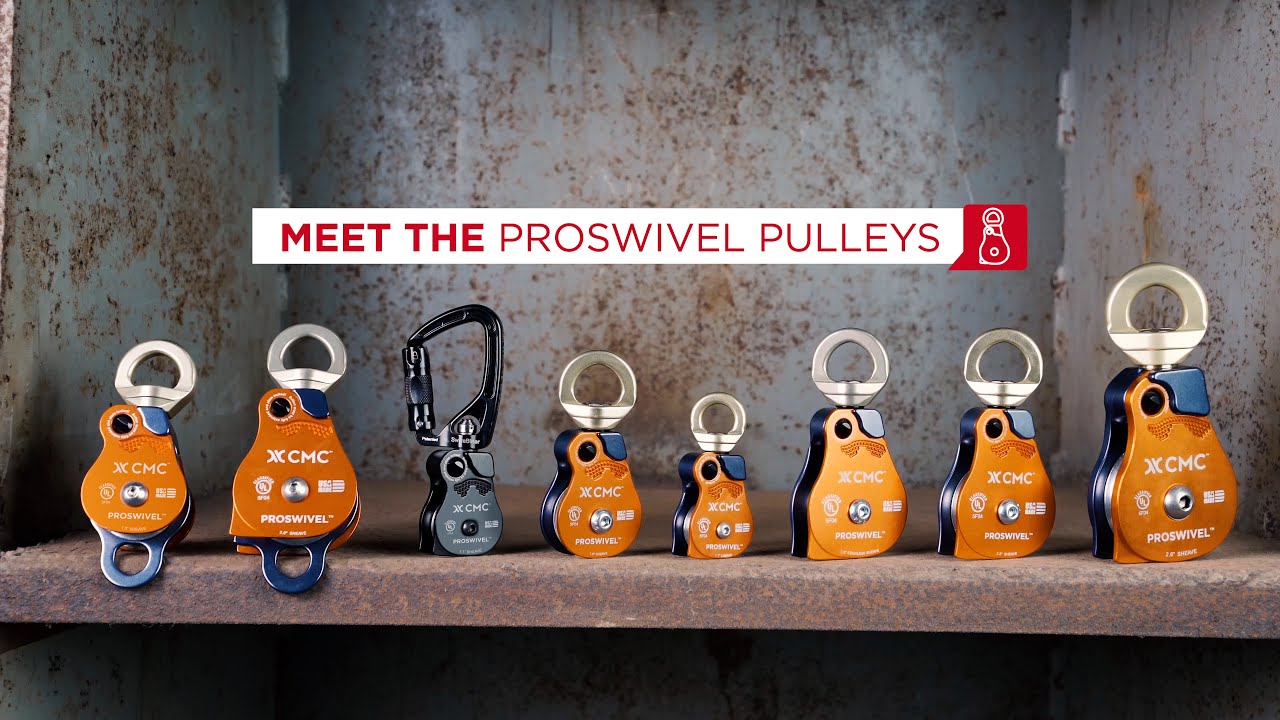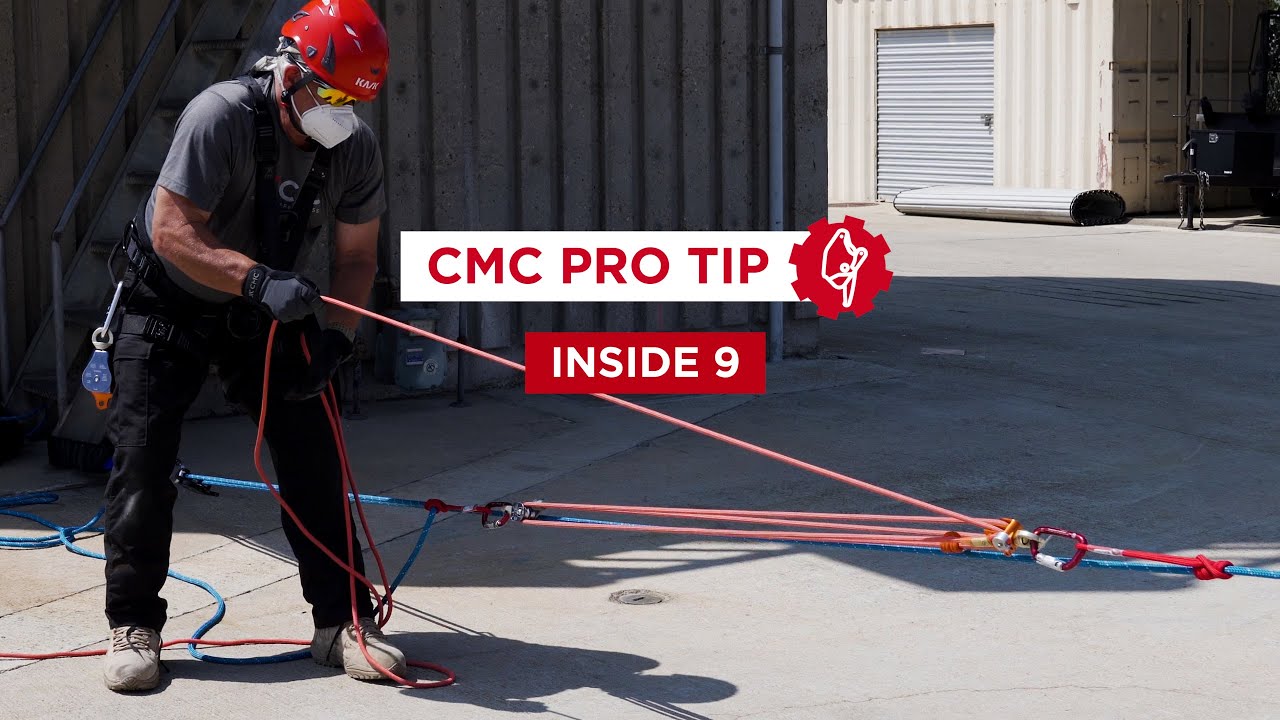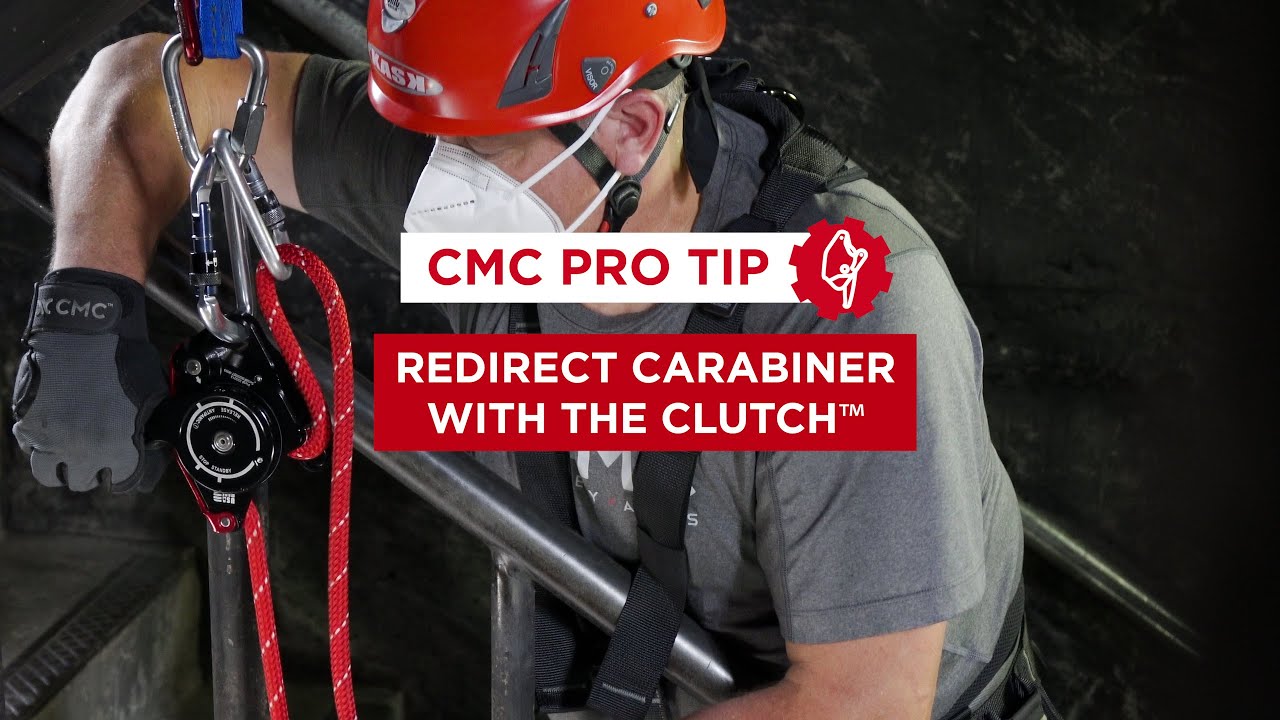As a trainer and employer in the Rope Access Industry, Abseilon USA receives many calls and emails regarding employment from recently Certified SPRAT and IRATA Level I Technicians. Over time, we have noticed a startling trend among prospective employees; a misconception about what working in the industry actually entails. This led us to ask ourselves the question:
“Are rope access training companies properly preparing new technicians for the workplace?”
For Level I grads, the perception is that by attending a standard forty hour course and obtaining SPRAT / IRATA Level I Certification, they are going to walk away with an hourly wage of $20 – $40 per hour with no prior experience, expect that their employer is going to train them to advance in their careers, and also provide them with all of the equipment and gear necessary in order to perform their job. They leave their course under the impression that their certification card and empty log book guarantee them forty to eighty thousand dollars a year and unlimited on the job training.
But Where is the disconnect? There are striking gaps between the expectations of newly certified level I technicians when it comes to experience, salary, and equipment. As with any other industry, these three factors partly rely on the size of the company. A multimillion dollar outfit will be able to supply employees with equipment more easily than a small business with less than ten employees, for example. Employers and prospective newcomers to the industry experience a disconnect when a belief is instilled that all companies have the same amount of resources.
The second problem lies in unrealistic expectations for instant gratification. How do new technicians form these attitudes and assumptions?
Where does the problem start? Wondering where these future technicians are getting such inflated ideas about their desirability to employers? The internet is the first place to start, performing a simple Google Search on ‘Level – I Rope Access Technician Wages’ and you’re on your way. To exacerbate the problem further, some Rope Access Training Companies utilize subtle marketing tactics on their websites alluring students with the general expectation of earnings somewhere between $20 – $40 per hour. The false promises of high starting wages and a target audience of 18 – 35 year olds paired with society’s attitude of instant gratification makes this an enticing offer to all those who choose this field of work. As an employer we believe this can be damaging to our workforce and organizations such as SPRAT and IRATA. Nothing can take the place of experience, too fast, too quick, too soon is a recipe for disaster in our industry.
The truth regarding a 40-Hour Course? There is no standard from SPRAT that requires a 40-hour course. The SPRAT certification process is intended to establish a minimum baseline of knowledge and skill directly related to industrial rope access. The certification does not test industry-specific skills. Additional evaluation may be required by the employer to verify the rope access technician’s suitability to a specific job. The keyword in this paragraph is minimum, the least or smallest amount attainable. With the growing body of certified level I technicians in the USA the demand for additional training of newly certified technicians is critical. Critical to employers and critical to ensure SPRAT’s future in terms of safety.
Adverse Effects of the 40-Hour Course: Most employers are reluctant to hire newly certified SPRAT Level I Technicians due to lack of industry experience. When newly certified technicians become unemployed or underemployed for long periods of time the result is the effect of progressive knowledge or skill deterioration. Skill Decay is particularly problematic in 40-hour courses where individuals receive initial training on knowledge and skills that they have not used for an extended period of time. In the rope access industry you need to maintain a regular regiment of skills or you will lose that knowledge and skill set.
After Training Courses, “The Real World Shock”: All Rope Access Training Courses are ‘controlled environments’ and not ‘real-world’ applications. The average height of many training facilities is approximately 20 – 30 feet and certainly not a real world experience. The real world shock for the new grad comes the moment they have to negotiate a height more than the average training facility and perform as a Level I Technician. For some there is no problem, however for others the real world shock of a 200 ft. drop brings the nerves out immediately.
Implementing a Solution to the Problem: Problem solving is one of the most essential skills in life; to solve this problem is as easy as thinking differently. Nothing great has ever been achieved by doing things the way they have always been done. As an employer in the Rope Access Industry how can our company change the current method of educating the future rope access technicians?
The answer is simple; create an internship or apprenticeship program in addition to the 40 hour certification program that currently exists. A system of on-the-job training and related technical instruction. An intern receives supervised, structured, on-the-job work experience combined with related technical instruction under the supervision of a SPRAT L-III or L-II Technician assigned to oversee and train the intern. The intern is a regular part of the workforce and earns while acquiring important skills for rope access.
It’s up to us to change the industry for the better by instituting a system of additional training and education. Rope access is the vehicle that takes a technician or tradesman from point A to point B; let’s make sure we are sending them on their journey with more than a learner’s permit.


